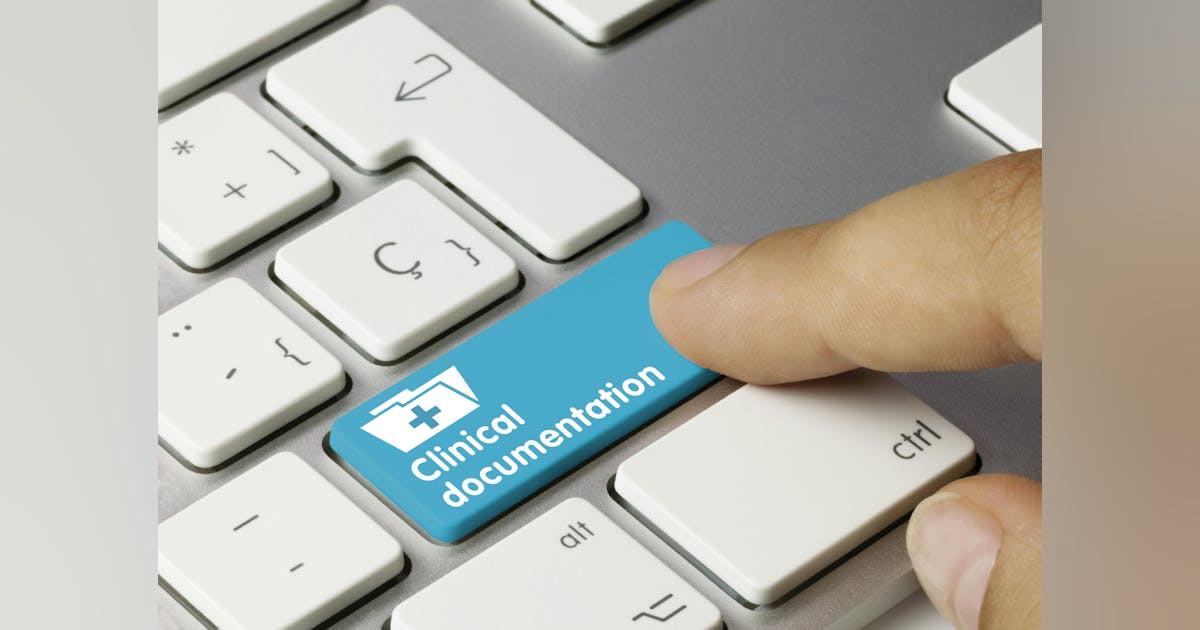
In 2018, California established a program called AC Bridge expand medication for the treatment of addictions in emergency services. The state-funded program has been adopted by nearly 300 California hospitals.
In a statement, CA Bridge and the Public Health Institute recognized the promise of AB 2376, recently signed into law by Governor Gavin Newsom, which makes it easier for hospitals to use available beds to provide chemical dependency recovery services, including medication based on evidence. for addiction treatment. The statement is attributed to Aimee Moulin, MD, of the Bridge Center, Public Health Institute, and Matthew Marsom, director of programs, policy and government relations at the Public Health Institute.
California has led the nation in investing in efforts to combat the opioid epidemic. Despite heroic work across the state, 11,000 Californians die each year from drug overdoses, according to Moulin and Marsom. “Addiction is a chronic disease exacerbated by many factors, but these deaths are primarily due to an ineffective response to the opioid supply, both legal and illicit, and systemic barriers to accessing addiction treatment. CA Bridge has implemented MAT [medication-assisted treatment] programs in 276 California hospitals, and more than 110,000 Californians have accepted buprenorphine treatment for opioid use disorder when it was offered in the emergency setting in a non-stigmatizing manner,” they wrote.
When addiction is an emergency, emergency departments can respond, Moulin and Marsom say. “But after the ED, patients need a place to land. That’s where AB 2376 comes in. This bill recognizes that hospitals that offer chemical dependency recovery services can help. Chemical dependency recovery services provide patients with compassionate space and time to enter addiction treatment directly after an ED visit.
“At this time, there are only about 10 licensed chemical dependency recovery (CDR) hospitals in California, which is woefully inadequate to treat the 1.1 million Californians who visit an emergency department for a SUD each year,” they pointed out. “This bill will allow hospitals to use available beds to offer patients CDR services. It’s pretty simple: if a hospital has a bed and a patient needs a bed to begin treatment, the hospital should be able to accommodate the patient. AB 2376 brings us closer to this goal.”
The bill was sponsored by Assemblymember Jasmeet Bains, MD, a primary care physician, who issued this statement: “As a physician and addiction specialist, I know that the addiction crisis facing our state requires the mobilization of resources across the board. levels, but bureaucracy has prevented hospitals from offering more recovery services. “This change in the law, combined with some of the Fentanyl Task Force funding I brought to Kern County, will help combat our current fentanyl crisis.”
AB 2376 simplifies regulatory requirements, allowing additional healthcare facilities to accept more patients for addiction and substance use disorder treatment. Previously, the law restricted the types of facilities that could offer care, including a requirement to separate patients with substance use disorders despite posing no risk of contagion, according to Bains’ website.
In a letter of support, the California Academy of Family Physicians wrote: “AB 2376 will support patients to begin treatment from the hospital in a non-stigmatizing manner, rather than forcing them to leave the hospital to wait to begin treatment.” treatment. Many patients who come to the hospital needing treatment are homeless, unstablely housed, or need additional time in a safe location until a treatment bed is available in their community. This bill will make it easier for hospitals to support patients in entering treatment without experiencing a gap that threatens their ability to initiate and succeed in treatment. This is imperative to ensure continuity of care for patients.”
A policy report from health policy consultant California Health Policy Strategies (CHPS) found that overdoses disproportionately affect vulnerable populations, and only 10% of Californians with addiction receive treatment. Since 2017, deaths among teens (ages 15 to 19) have increased by 370% and among Black and Latino Californians by 200%.
“This bill introduces common-sense changes that support proven, cost-effective solutions that allow more patients to access addiction recovery services close to home. I believe these services should be available in every emergency room in the state,” Bains added.







